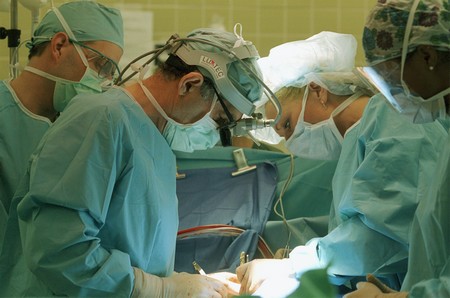Interestingly, research by Harvard cardiologist Dr Herbert Benson carried out as long ago as the 1960s found that the physiological changes described above could also be brought about by a whole range of relaxation techniques including deep breathing, yoga and muscle relaxation. Such techniques are often included in rehabilitation programmes and angina management programmes. If you do not have access to such a programme they are fairly easy to learn yourself. One simple and widely used method, which involves tensing and relaxing muscles, is described below:
- Find a quiet comer where you will be undisturbed for ten minutes or so. Take the phone off the hook, loosen any tight clothing and remove your shoes.
- Now either sit comfortably or lie down with your body comfortably supported. Use cushions to support the small of your back to relieve any distracting aches and pains. Close your eyes lightly if you like.

- Starting at your feet and working your way up the rest of your body, first tense and then relax each group of muscles, paying special attention to any areas where you are usually tense.
- Clench your toes then relax them, do the same with your ankles, your thighs, your abdomen, your chest, your shoulders and your arms. Finally screw up your face and your scalp and let them relax.
- If you find during your relaxation that you are distracted by your thoughts observe them and let them go, like clouds passing over the sky.
- Concentrate on breathing slowly and evenly, breathing from your abdomen rather than your upper chest. You can check that you are breathing correctly by putting a hand on your abdomen – it should expand as you breathe in and relax as you exhale.
- After achieving a state of quiet relaxation give yourself a few moments to enjoy it then get up slowly and go about your everyday life.
Once you have become familiar with what your body feels like when it is tense you should be able to induce the relaxation response very quickly as you go about your daily life. Make it a habit to check regularly for signs of tension such as clenching your teeth, frowning, tapping your fingers or foot, hunching your shoulders and so on and then make a conscious effort to relax.
If you find it helps you may like to enroll on a de-stressing course, buy a tape or investigate a technique such as yoga or autogenic training. Relaxation should help lower blood pressure, but this should not be interpreted as lying around doing nothing all day! Physical activity is also an important factor in the health of your heart.